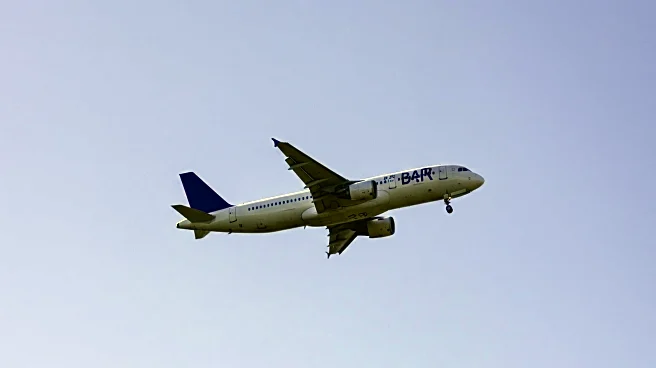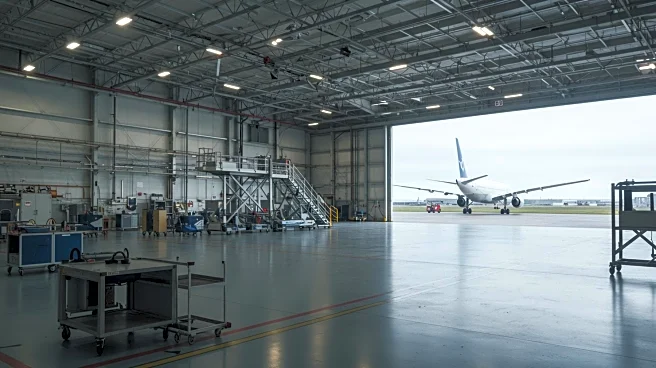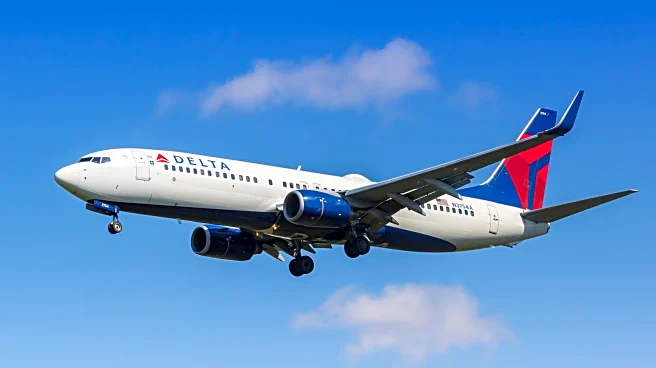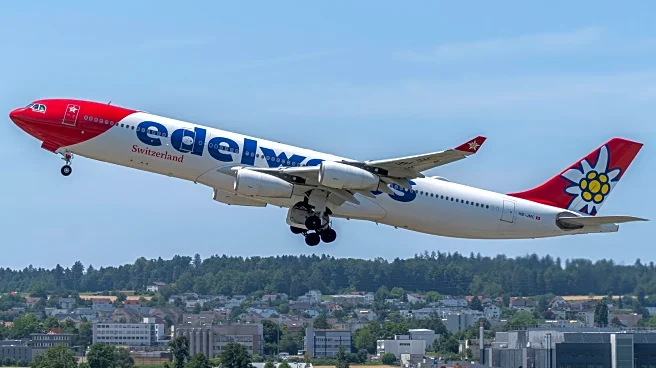What's Happening?
The A320 family has overtaken the Boeing 737 in the narrowbody aircraft market, accounting for over 56% of combined commercial utilization. The shift is attributed to higher delivery rates and lower retirement rates of the A320 fleet, which is younger compared to the 737. The Boeing 737, first flown in 1967, has been a market leader for decades but is now being surpassed by the A320, which first flew in 1987. The A320's dominance is supported by a backlog of over 7,000 aircraft, compared to Boeing's backlog of nearly 5,000 737s.
Why It's Important?
The A320 family's increasing market share reflects a significant shift in the narrowbody aircraft sector, impacting airlines' fleet strategies and aircraft manufacturers' production plans. Airbus's dominance in the market is likely to continue, given its substantial backlog and the A320's popularity among airlines. This shift may influence Boeing's future development and marketing strategies as it seeks to regain market share. The A320's success highlights the importance of efficient delivery and retirement rates in maintaining market leadership.
Beyond the Headlines
The shift in market dominance from Boeing to Airbus may have broader implications for the aviation industry, including changes in supplier relationships, manufacturing processes, and technological advancements. The A320's success could drive innovation and competition, leading to improved aircraft designs and features. Additionally, the market dynamics may affect employment and investment in regions where these aircraft are manufactured.













